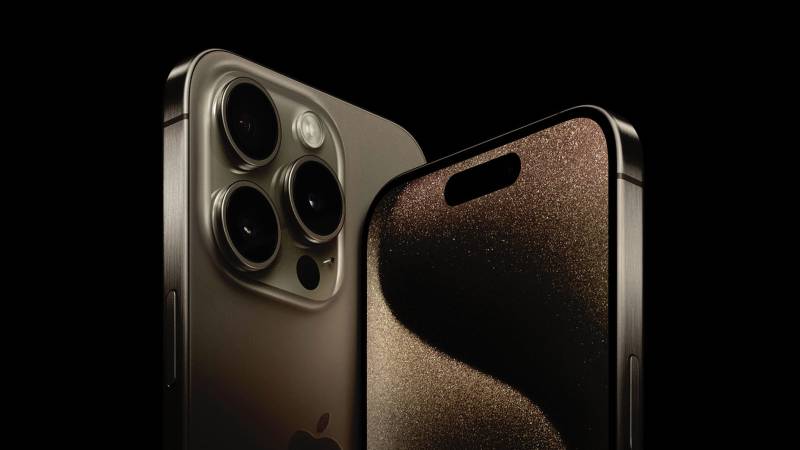
Apple unveiled a new line of iPhones with a speedier CPU, a new titanium body, and enhanced gaming capabilities.
The biggest surprise about the next iPhone 15, which will be released on September 22, is that pricing was left unchanged, suggesting a general decline in smartphone demand.
The Cupertino, California, headquarters of Apple are hosting the event amid lingering economic uncertainty, particularly in China, Apple's third-largest market, where it faces challenges from tightened regulations on the use of its iPhones in public spaces.
Apple failed to present any huge shocks, and after the event, shares fell 1.7%.
Although Apple does not use the term artificial intelligence (AI), the technology was the inspiration for a number of innovative features.
According to an Apple official, the business uses machine learning to identify people in the frame and enables users to instantly, or later in the Photos app, convert a photo into a portrait.
Apple also showed off new watches, including a Series 9 Watch with a feature called "double tap," where users tap their thumb and finger together twice without touching the watch in order to perform tasks like answering a phone call.
It uses machine learning to detect tiny changes in blood flow when the user taps their fingers together, freeing up the other hand for other tasks like walking a dog or holding a cup of coffee, said Apple Chief Operating Officer Jeff Williams.
Both the Pro and other iPhone 15 models will have a brighter display and a 48-megapixel camera, as well as 100% recycled cobalt in their batteries.
Apple still relies on the iPhone for more than half of its sales, but the global smartphone market has slumped from shipping 294.5 million total phones to 268 million in the second quarter. Apple's shipments declined the least of any major smartphone maker, dropping from 46.5 million phones to 45.3 million, according to data from Counterpoint Research.

